A recent panel discussion at ETEducation featuring prominent education leaders from India explored the seismic shifts reshaping higher education. The conversation, titled “Navigating Change: Learning, Workforce, and Technology for Tomorrow’s Leaders”, focused on the convergence of evolving learner expectations, dynamic workforce demands, and the rapid integration of new technologies, particularly Artificial Intelligence (AI). The panelists included Meghdut RoyChowdhury (Executive Director & Chief Innovation Officer, Techno India Group), Dr. Souma Guha Mallick (Vice Chairman, Supreme Knowledge Foundation), Prashasti Rastogi (Director, Coursera for Campus), and Dr. Satyajit Chakrabarti (Director, IEM).
A central theme was the paramount importance of a student-centric approach. As Meghdut RoyChowdhury emphasized, educators must remember that “…nothing is more important than the students.” This means understanding the unique needs of diverse student populations, from urban to rural settings, and tailoring education al content and pedagogy accordingly. He countinued, “Being part of the largest education group here, we have about 100,000 students across our campuses in eight states of india… one of the things that I’ve been particularly pushing forward is trying and understanding our students a little bit better… I believe that if universities have to continue being relevant in the future, then we have to also transform our classrooms in perhaps very disruptive ways which our predecessors might not even have thought about. Being open to the idea of disruption and speaking the language of the ones that you’re serving – I feel like these are going to be the two biggest trends.” The panelists also stressed the need to connect with younger generations by adopting their communication styles, even citing examples of using memes and pop culture language in educational materials.

The rise of Industry 4.0 demands a new skillset. Students must be proficient in automation, data exchange, cloud computing, IoT, cognitive computing, and cybersecurity. As one panelist noted, individuals who can effectively manage and utilize data are securing their future.
Echoing the sentiment that “AI is the new electricity,” the panelists underscored the need for its widespread adoption in education. This includes developing AI skills in students, deploying AI in educational processes, and creating AI applications to enhance learning. The discussion emphasized not just using AI tools, but also understanding and developing AI models themselves. Universities are urged to rethink the entire student learning cycle, seamlessly integrating AI into every stage.
Online learning has become increasingly vital, particularly after the pandemic, providing access to global content. However, the panelists acknowledged the digital divide and the need to address accessibility challenges, ensuring equitable access to internet and online resources, especially for students in remote areas. Technology has enabled experts to teach from anywhere, bringing international perspectives to the classroom and even allowing teachers to continue working remotely when necessary. The democratization of education through smartphones and cybercafes was also highlighted.
The panel discussion painted a picture of a rapidly evolving higher education landscape. The future of education hinges on a student-centered approach, future-oriented and disruptive practices, and the ethical integration of AI across all aspects of learning and teaching. Educators must not only equip students with technical skills but also cultivate adaptability, critical thinking, and a sense of responsibility. The key takeaway here is to embrace AI not as a threat, but as a powerful tool to enhance and personalize learning experiences, while carefully considering ethical implications.


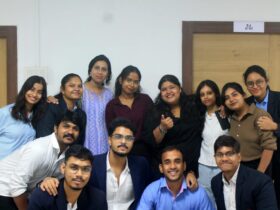
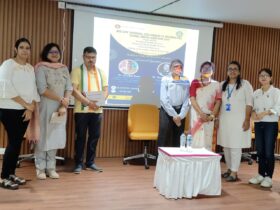
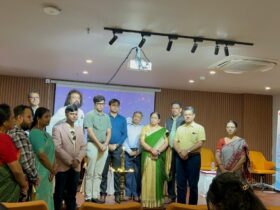
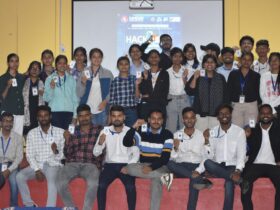



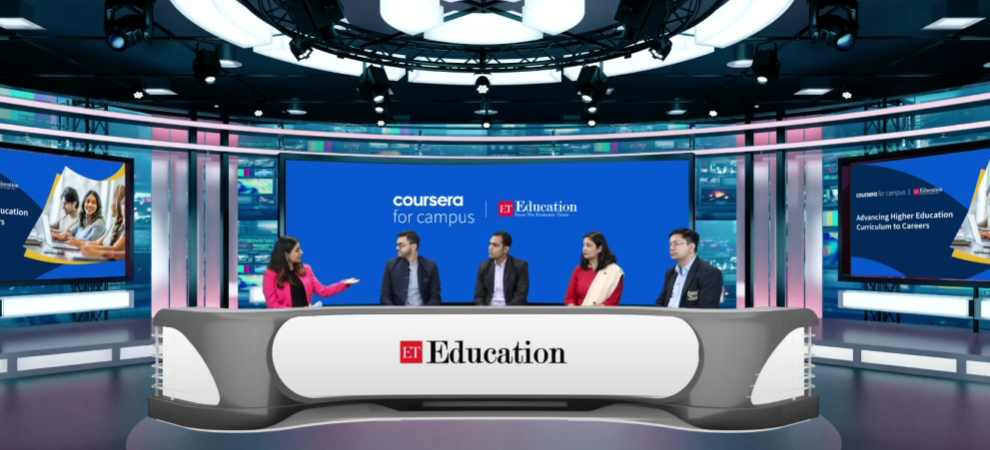
Leave a Reply